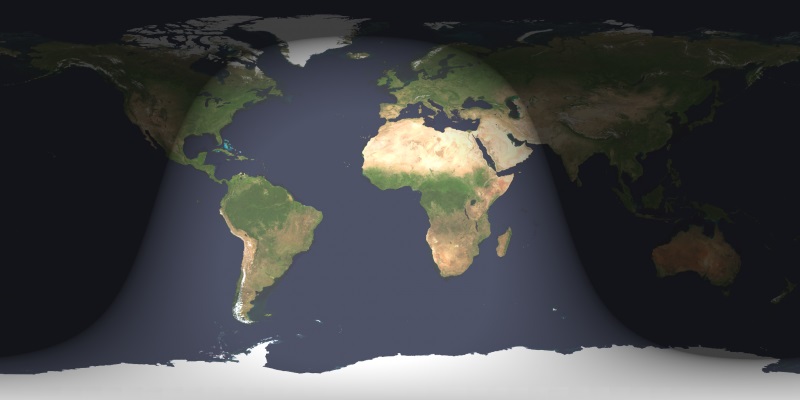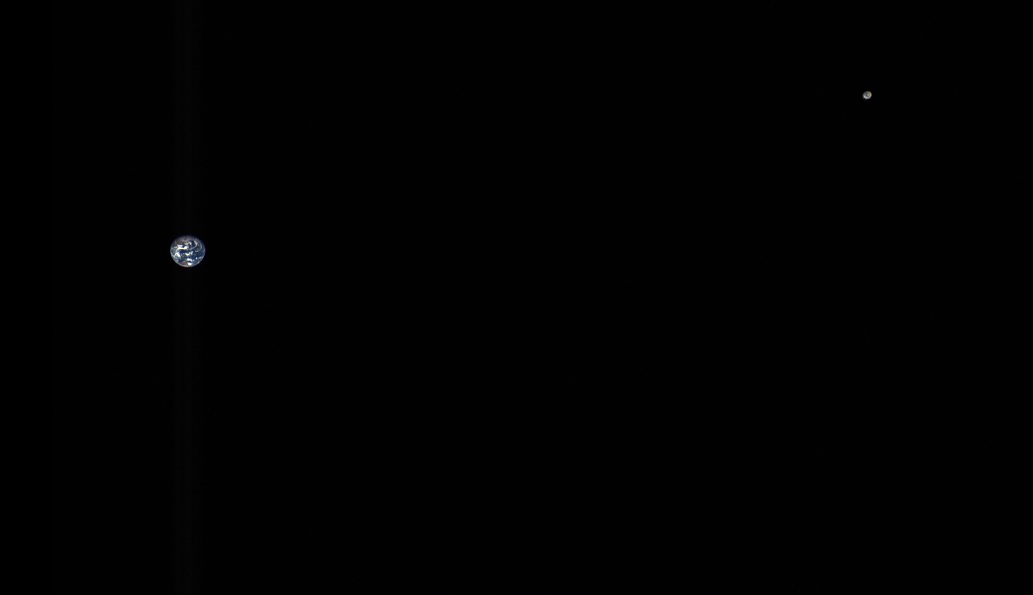Bored of supermoons? Maybe suffering from a bit of eclipse ennui?

Well, the universe has heard your plea for a more exciting sky-show in January and will be serving up — for the first time in 150 years — a super blue blood moon eclipse.
Yes, you read that right.
PHOTOS: Supermoon lights up social media as it wraps up 1st full day of 2018
In the early morning hours of Jan. 31, Canadians in the western provinces will be treated to a supermoon that is also a blue moon (the second full moon of the calendar month). At the same time, the moon will be fully eclipsed as the Earth moves between it and the sun, giving the moon a distinct reddish tinge and turning it into a “blood moon.”
That’s just about every lunar oddity imaginable in one spectacular event.
WATCH: Double supermoon in January 2018 a rare event

If you live in the pacific time zone, you’ll need to be up pretty early to witness it. The total eclipse will begin at around 4:52 a.m. PST. The moment of greatest eclipse will happen about 40 minutes later, at 5:30 a.m., and the whole thing will end shortly after 6 a.m.

Get breaking National news
In the mountain time zone, the eclipse will get started at 5:52 a.m. MST, reach its greatest point at 6:30 a.m. and finish just after 7 a.m. The central time zone will not get the full show, missing totality because the moon will set shortly after the eclipse gets started at 6:52 a.m CST.
If you live in Eastern or Atlantic Canada, you’re out of luck entirely. The moon will set before the eclipse.
The blood-moon effect is produced by the scant sunlight that manages to make its way through Earth’s atmosphere. The atmosphere bends the light and gives the moon a distinctive red glow, explained NASA in a recent news release.
“We’re seeing all of the Earth’s sunrises and sunsets at that moment reflected from the surface of the Moon,” said Sarah Noble, a program scientist at NASA headquarters.
NASA also released a new composite image last week showing the distance between Earth and the moon. It was made from data captured by the OSIRIS-REx spacecraft on Oct. 2, 2017, when the craft was about five million kilometers from Earth.
Three images at different color wavelengths were combined and color-corrected to make the composite, NASA said, and the moon was brightened “to make it more easily visible.”






Comments